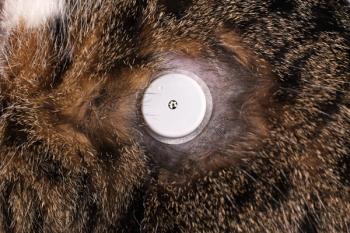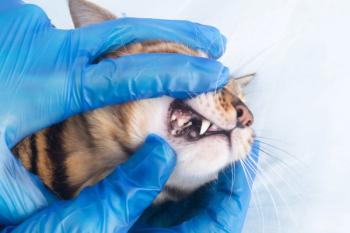
Lizard Study Proves Global Temperatures Are Not Enough to Predict Animal Extinction
Through the use of computer simulations and a controlled experiment, researchers at Clemson University have found that models that have been used to predict the extinction of specific species due to climate change are not as accurate as previously thought.
Due to global warming and other climate change threats, by the year 2080, about 40% of the worldwide lizard population are predicted to reach extinction. However, the current models that are being used to make these predictions are not taking into account the spatial dispersion of shade within an animal’s habitat. Through the use of computer simulations and a controlled experiment, researchers at Clemson University have found that models that have been used to predict the extinction of specific species due to climate change are not as accurate as previously thought.
Raymond Huey, a professor emeritus of biology at the University of Washington, commented in an official
An organism’s physiology, or functionality, depends on its temperature, according to the
As outlined in the study, the researchers found that lizards were able to better regulate their body temperatures if they had a number of patches of shade throughout their habitat rather than just one isolated area. Because current models that have attempted to predict species extinction did not take this crucial factor into account, estimates could either be “too high or they might not be high enough,” according to the lead author of the study, Mike Sears, an associate professor of biology at Clemson University.
The biggest fear related to the issue is that these estimates might actually have underestimated extinction risks within certain species by not taking all critical factors into account, according to coauthor, Mike Angilletta, a professor at Arizona State University. When speaking further on this, Dr. Angilletta said, “Most models assume that an animal can be anywhere in its environment at any time, which doesn’t account for how much energy an animal spends to regulate its temperature. Animals have to move and search for shade, which makes cooling down more difficult when patches of shade are far apart.”
In order to further examine and call into question previous extinction estimates, the first thing that Dr. Sears did in this study was develop a computer simulation. In his simulation, digital lizards “followed algorithms that regulated body temperatures most efficiently.” The simulation provided Dr. Sears with information on the amount of energy that was needed for the lizards to regulate their body temperatures when there were a number of areas of shade interspersed throughout the environment as well as just one large cluster of shade.
The researchers found the simulated lizards needed less energy to regulate their body temperatures when there were a number of areas of shade due to the fact that less energy was needed to migrate from shade patch to shade patch. However, when there was just one large cluster of shade, the lizards had to use more energy to get there, which made them less efficient at regulating their body temperature, according to the press release.
During the second phase of the experiment, the researchers took the findings generated by the computer simulation and attempted to prove their accuracy in a controlled experiment. Over the course of two summers, Dr. Sears and his team fenced in nine areas, 20 by 20 meters square, and using real lizards found near the University of New Mexico’s Sevilleta Field Station, they attempted to record energy levels pertaining to shade distribution through the use of implanted sensors. In order to accurately replicate the simulated shade distributions, the team used shade cloth over the arenas: in one big cluster, in four patches that were “medium-sized,” and 16 smaller patches.
The researchers found that the temperature of the lizards who spent two days within the arena consisting of one big cluster of stage varied by 12% in relation to when they were in the arena with four medium-sized patches of shade. Furthermore, their temperatures varied 10% more when they were in the arena with 16 smaller patches of shade. This means that when lizards have more patches of shade available to them in their environment, it is easier for them to regulate their body temperatures. These results coincided with the results yielded by the computer simulation.
When speaking of further research, Dr. Sears commented, “If we really want to understand how populations of organisms will respond to climate change, we can’t use a simple, back-of-the-envelope method. We need to think on a finer scale than we have been.”
Newsletter
From exam room tips to practice management insights, get trusted veterinary news delivered straight to your inbox—subscribe to dvm360.






